We absolutely love history and historic attractions, and Scotland is full of history. So, yesterday we took a road trip tour of the Edinburgh countryside.This is something we have wanted to do since our arrival.
"The Forth Rail Bridge" spanning the Firth of Forth river was opened in 1890 after 8 years of construction. It is the second longest cantilever bridge in Scotland. Prior to the start of construction, a competition for its design was set up. One of the leading competitors was architect Sir Thomas Bouch (pronounced similar to the word Botch) who had just finished the Tay bridge further up the river. Unfortunately Bouch was not very good at quality control and his Tay bridge collapsed in a storm a year prior to the start of the Forth Rail Bridge. This pretty much ended his participation in the competition and lent his name to the term "...a botched job".
"Dunfermline Abbey" has held worship services since 1073 and sits on the site of an ancient Benedictine Abbey (known as the Holy trinity and St. Margaret Abbey). King Malcom III founded the Abbey, which he named after his wife Queen Margaret. Next to the Abbey are the ruins of the Dunfermline Palace which had been part of the original complex. More of Scotland's Royal dead (including Robert the Bruce) are buried here than any other place except Iona.
" Battle Of Bannockburn" in June of 1314 during the first war of Scottish Independence was the significant victory for the Scots over the English. The Scots, under the leadership of Robert the Bruce, were outnumbered 2:1 by the English, led by Edward II. Legend has it that the weird way the Scots won was attributed to some old men and children. Hanging around the edge of the battle looking for "spoils of war" (i.e. swords and battle axes) which they could either sell or melt down to make tools, the group of old men and children ran out to pick up weapons dropped by the combatants before anyone else could get them. The English, thinking these people were reinforcements, fled the battle.
"Stirling Castle" is one of the largest and most important castles in Scotland. It's existence was first recorded in 1110 and is where many of Scotland's kings and queens have been crowned (including Mary Queen of Scots in 1542). Renovated and rebuilt several times, most of the present buildings date from 1490 to 1600.
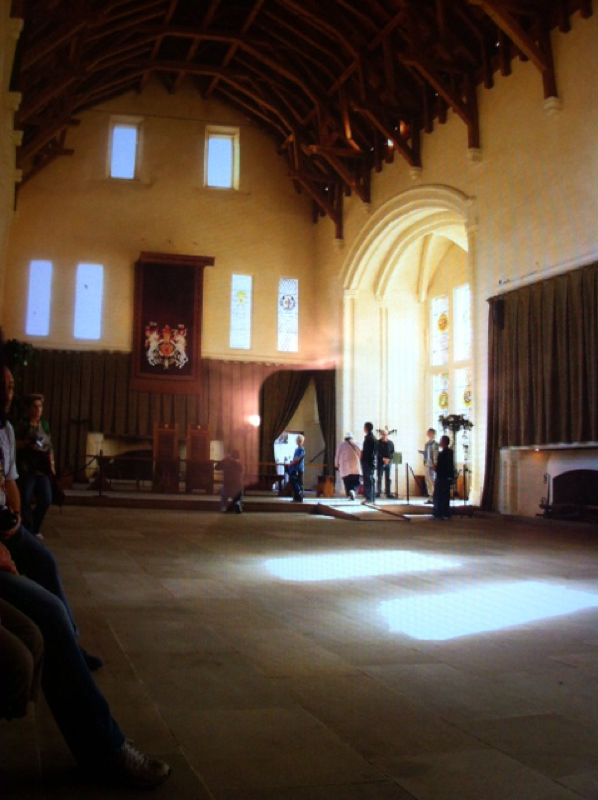
"Rosalyn Chapel" was the last stop on this tour. Formally known as the "Collegiate Chapel of St. Mathew" it was founded in 1446 by William Sinclair, First Earl of Caithness. One of the interesting legends associated with the chapel resulted from a controversy between a master mason and an apprentice. The master mason believed that the apprentice could not carve the column (known as the Apprentice Pillar) without having first seen the original from which it was to be copied. While the master mason was away, the apprentice went ahead and completed the pillar. Seeing it upon his return, the master mason became enraged and killed the apprentice with his mallet. An ironic twist to this story is that the mason's face was carved into an upper wall corner opposite the pillar where he would have to face the apprentice's work forever. The chapel has been the burial place for several generations of the Sinclair family. The crypt (which played a part in the film "The DaVinci Code") at the end of decending stairs in the corner of the chapel has been sealed shut for many years. Speculation about the Templars' connection to the chapel (also a part of the "DaVinci Code") has been debunked by the curator of the Grand Lodge (Freemasons) of Scotland. Today, over 140,000 visitors per year come to the chapel.
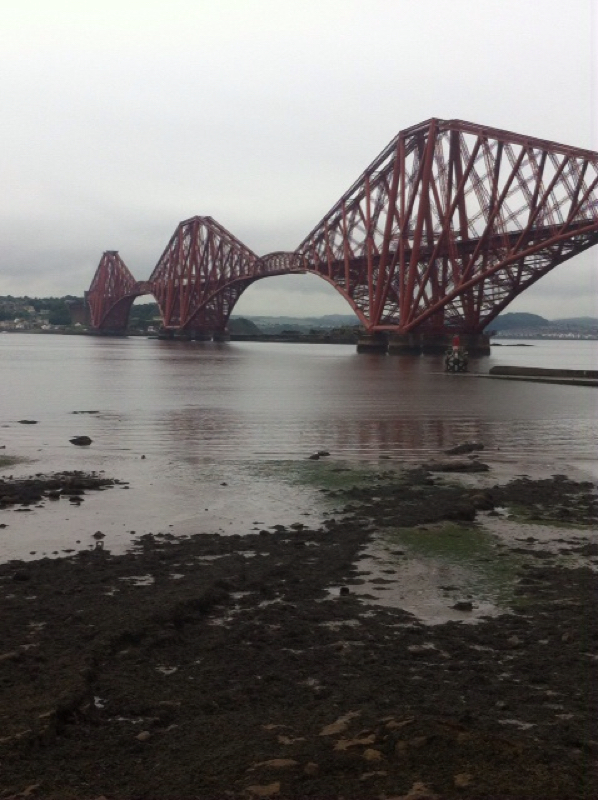
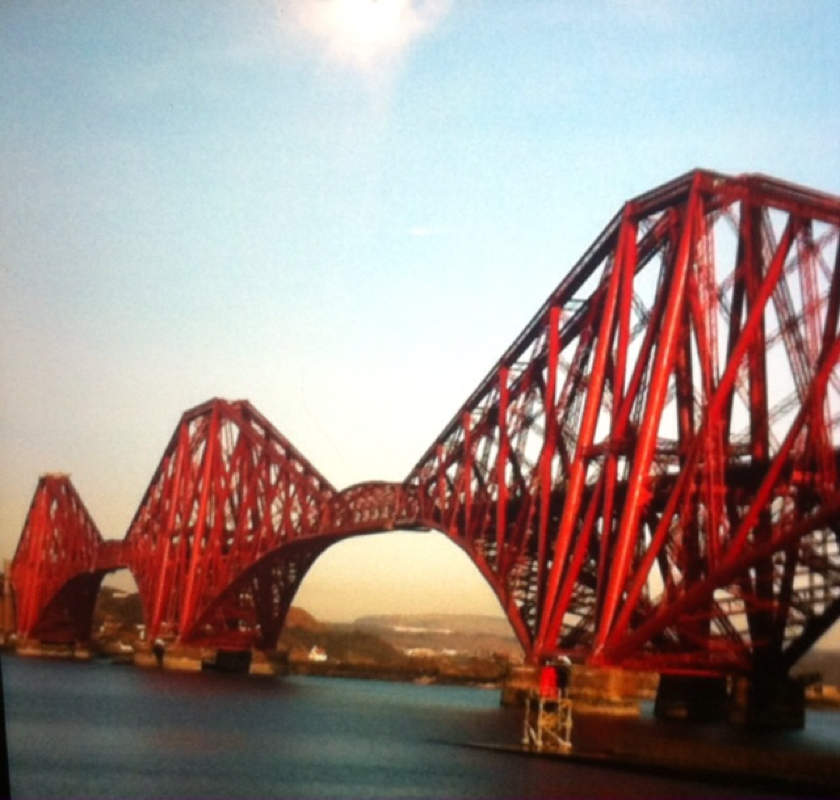
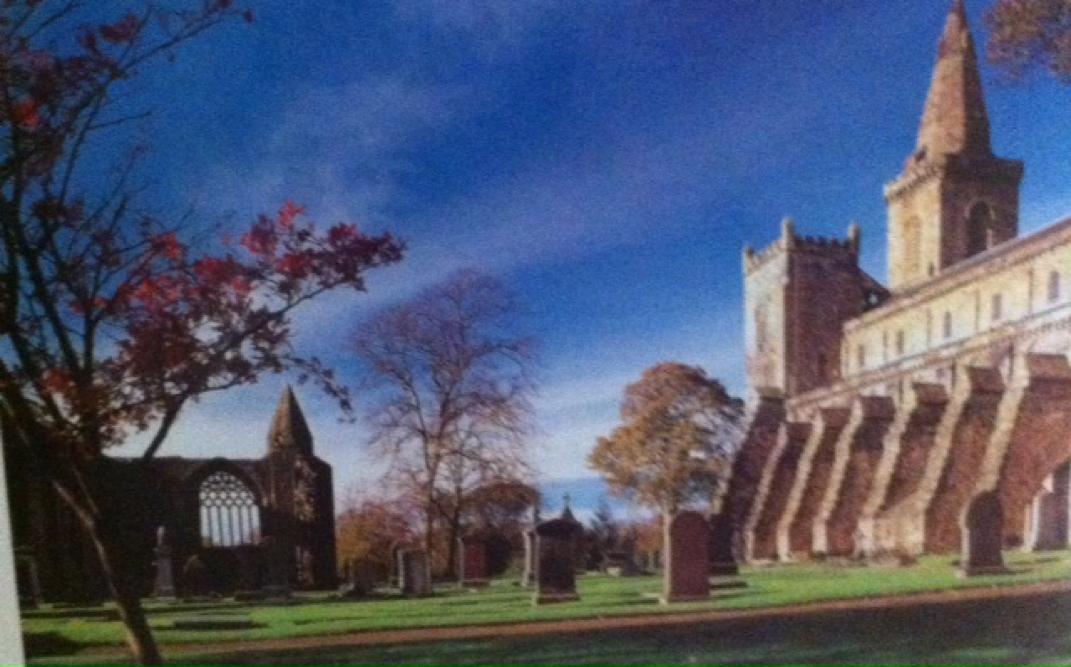
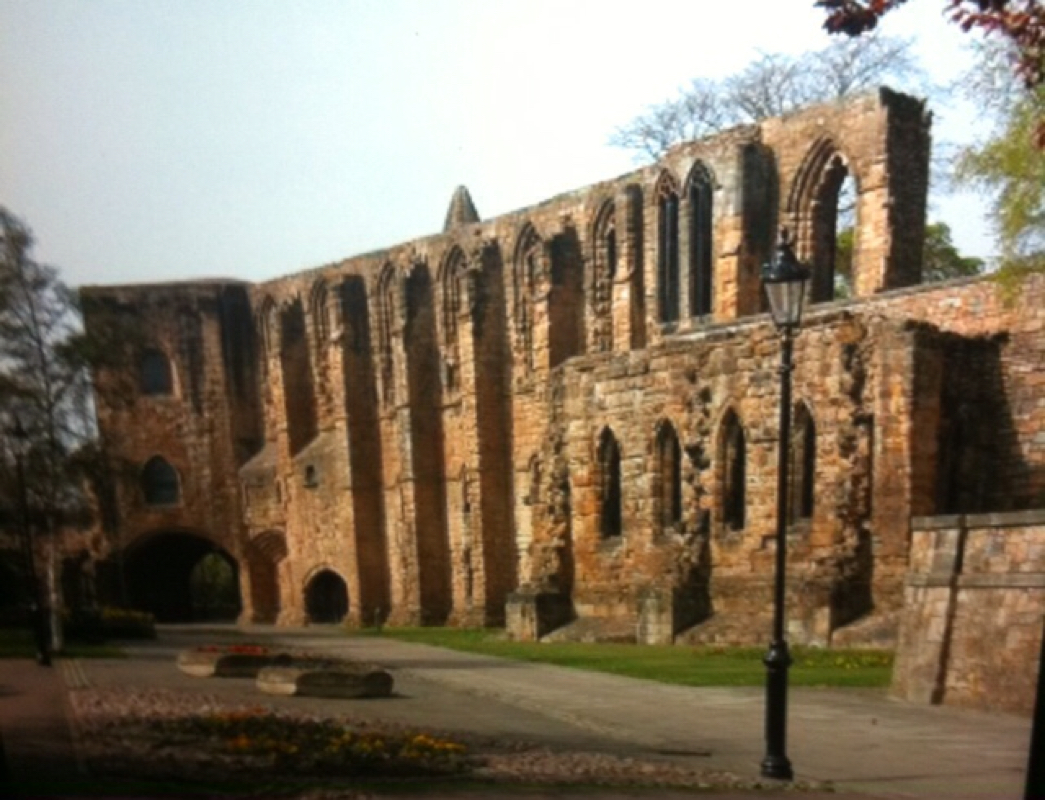
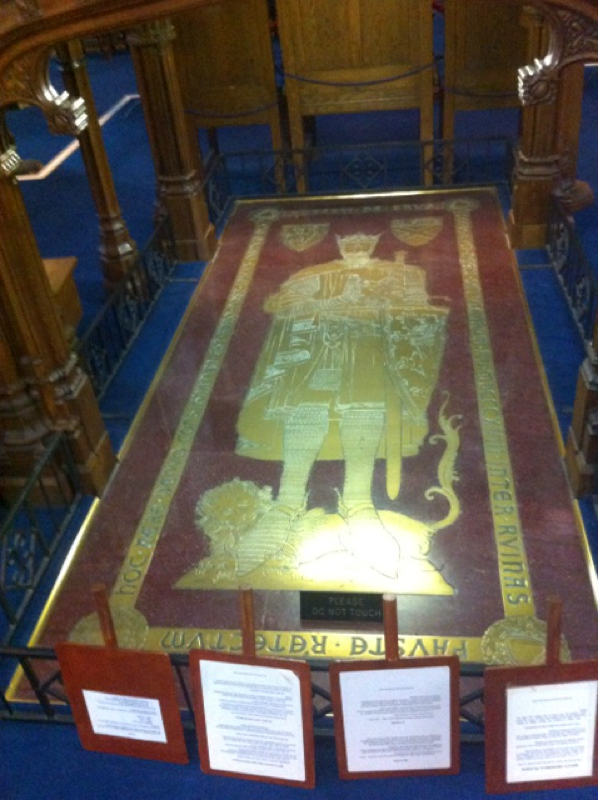
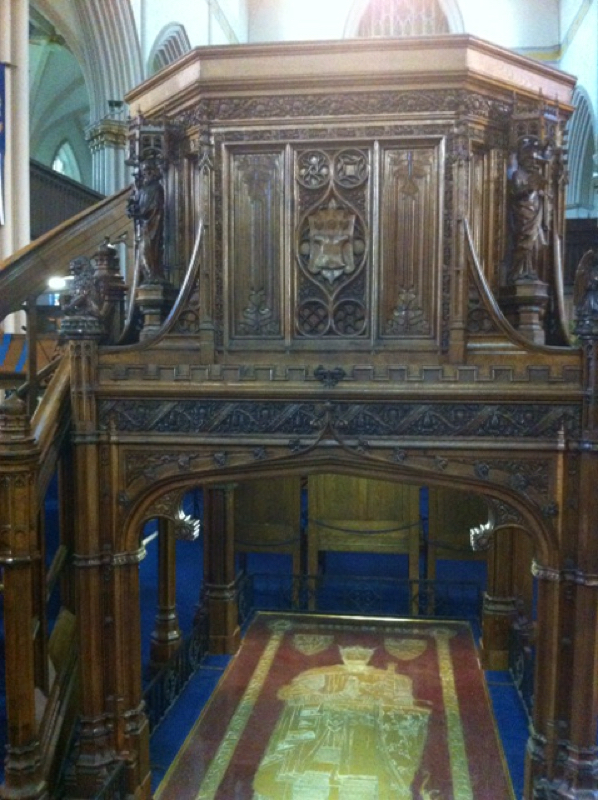
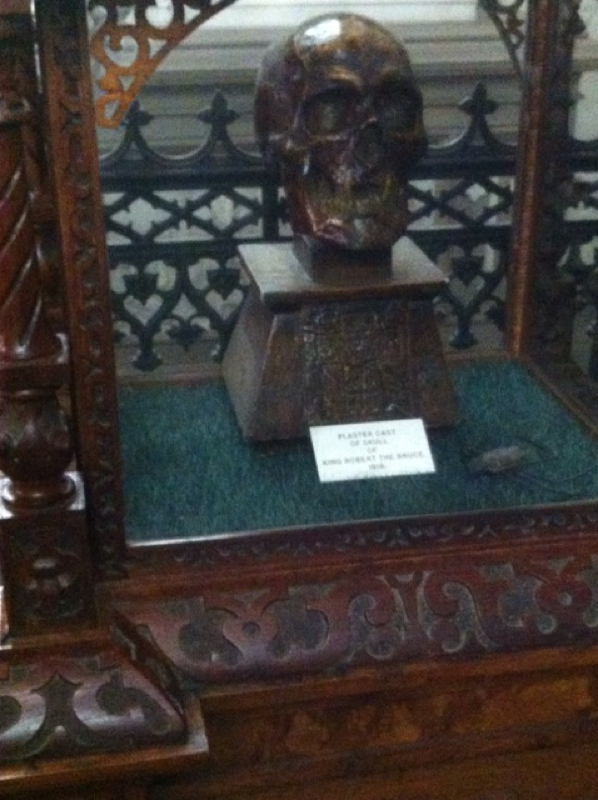
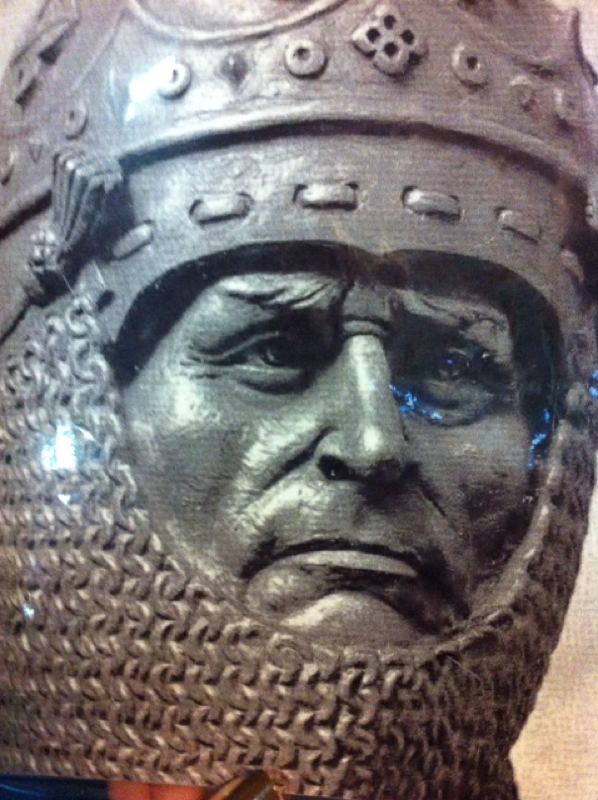
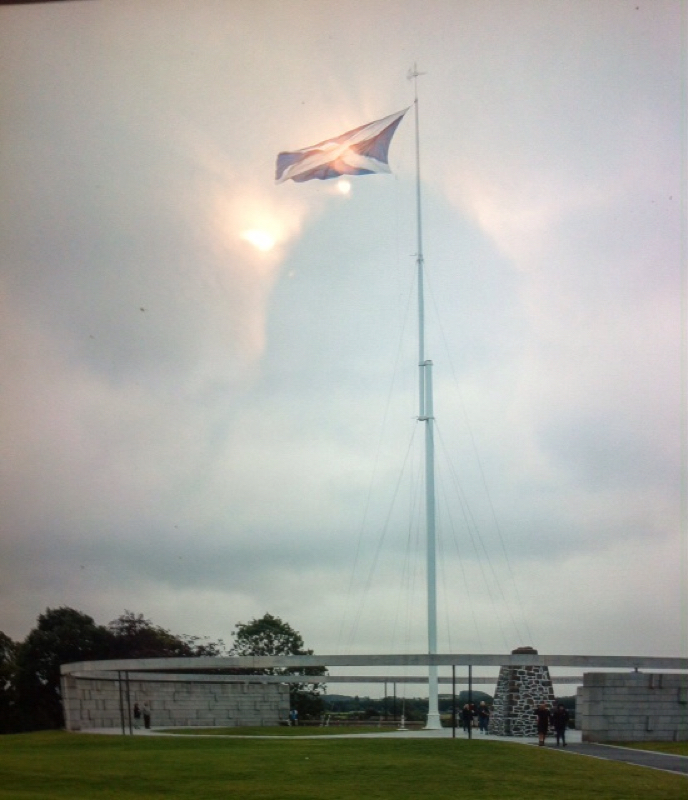
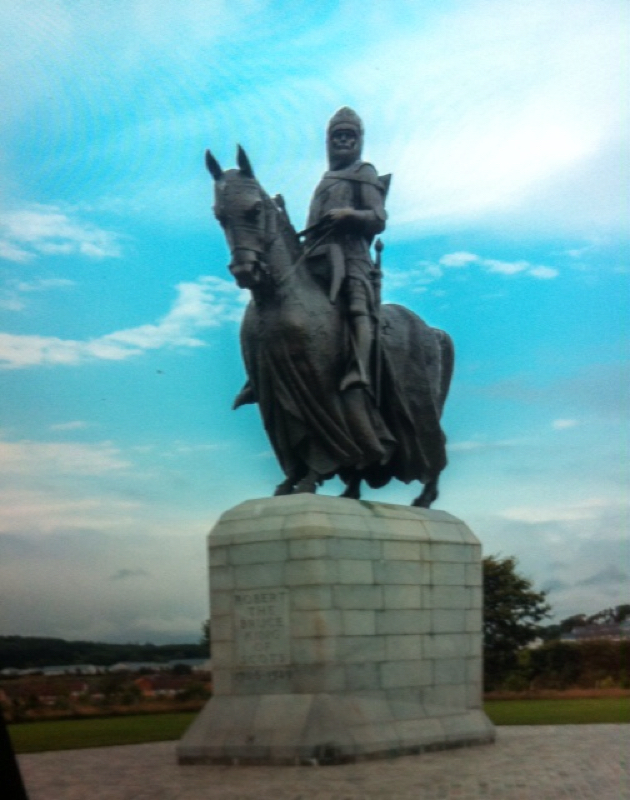
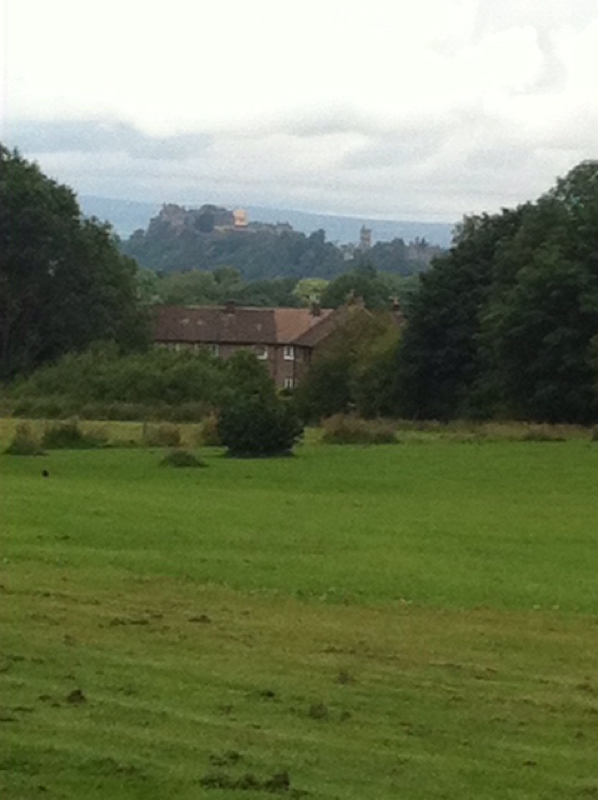
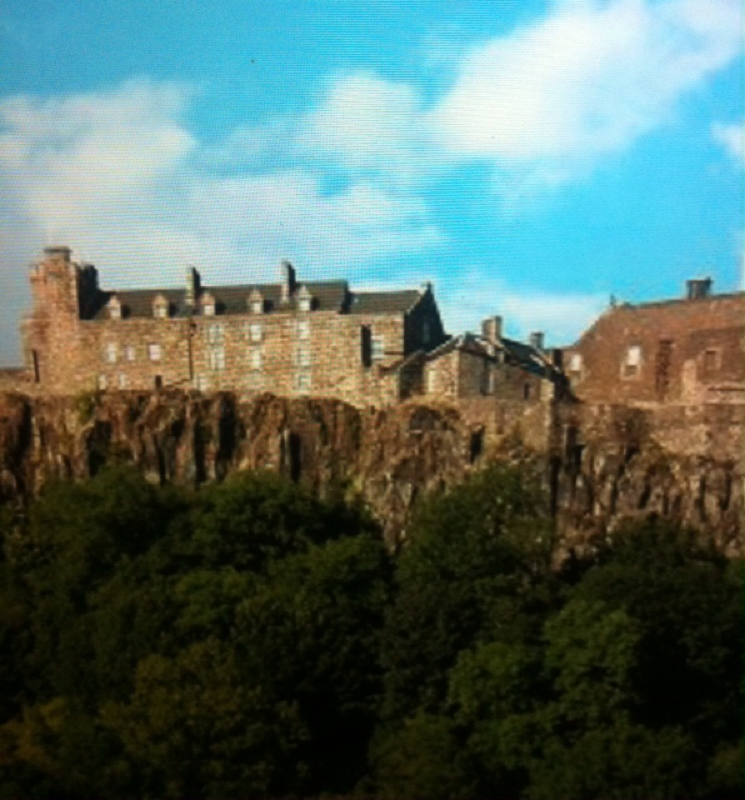
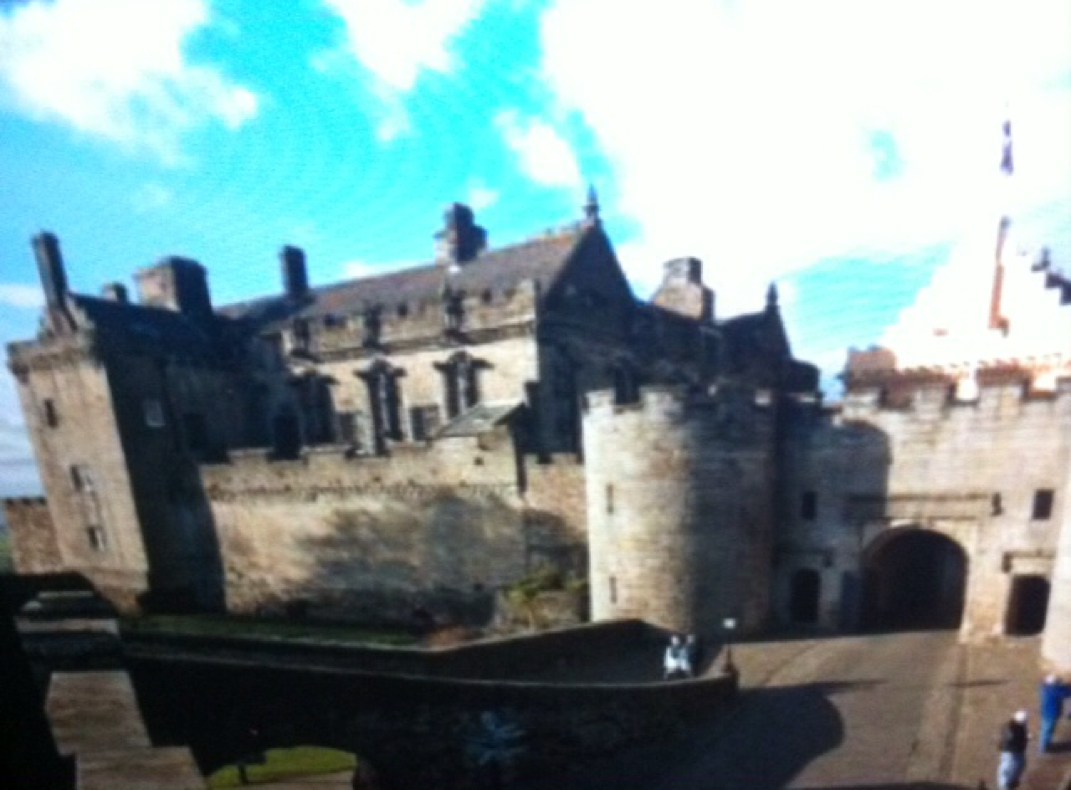
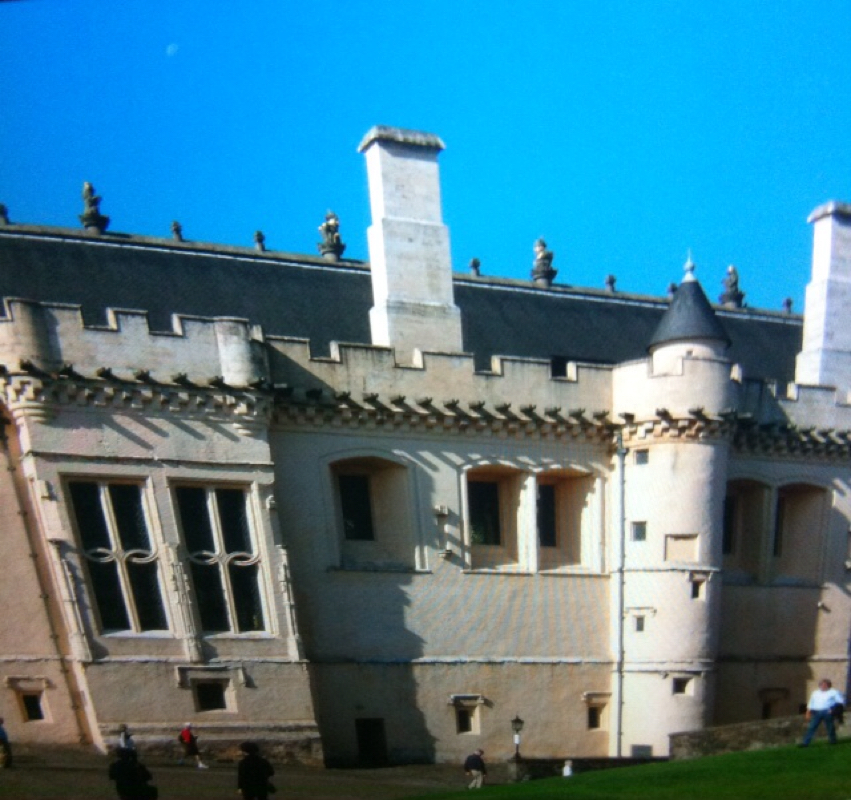
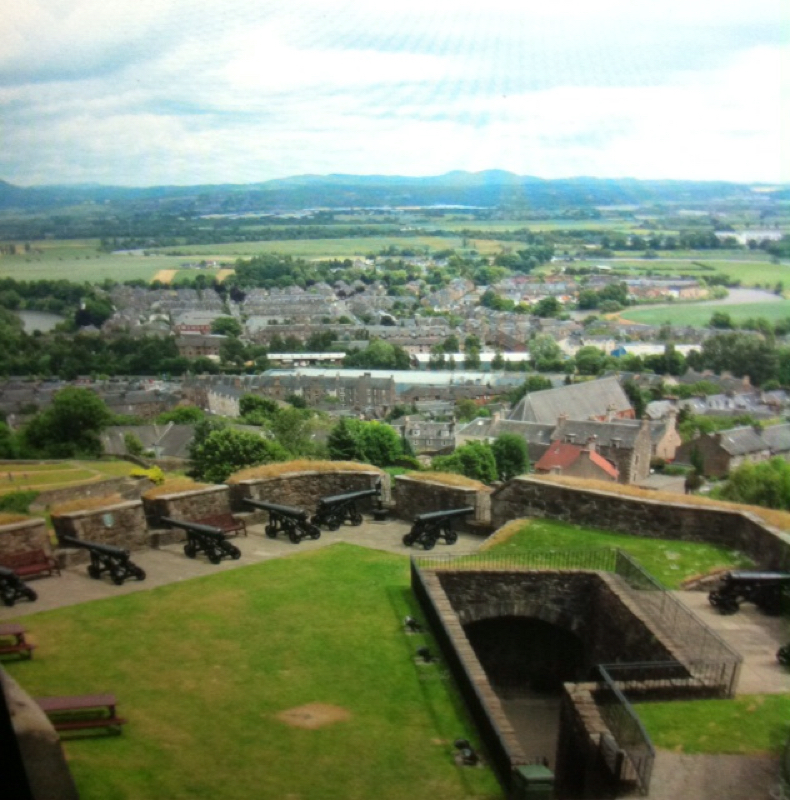
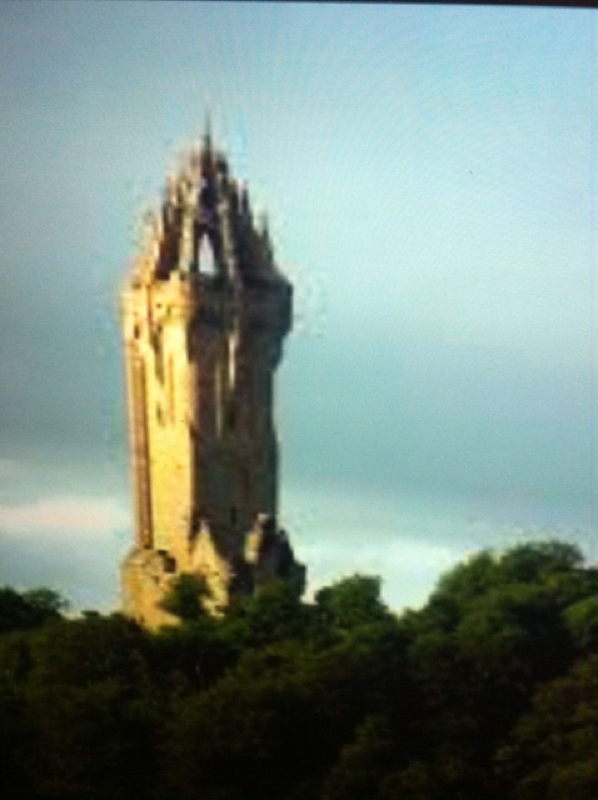
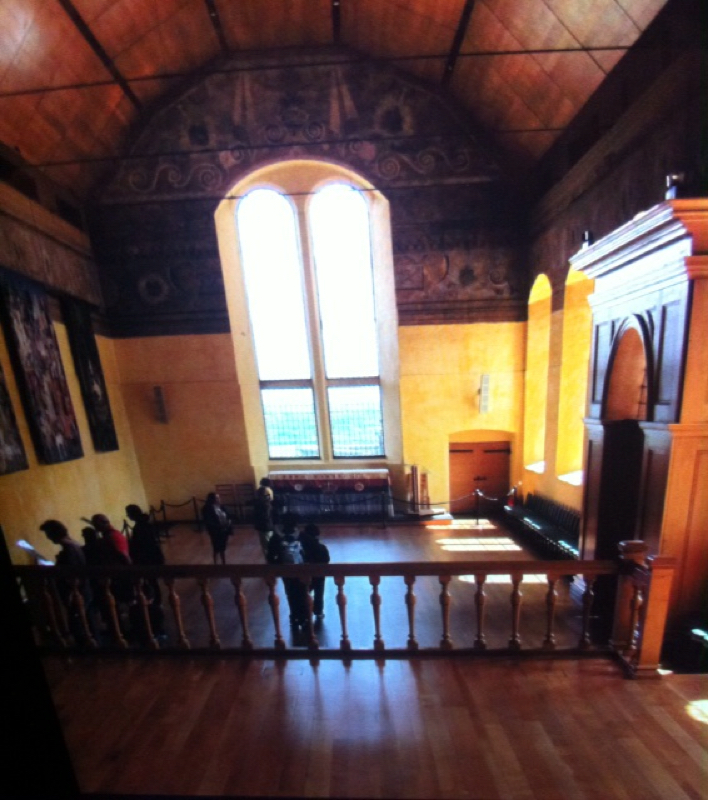
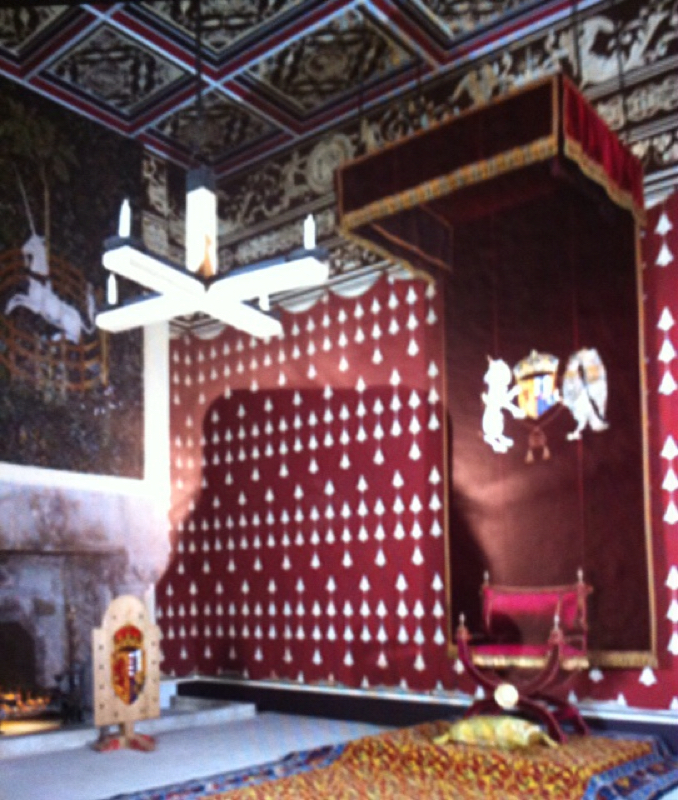
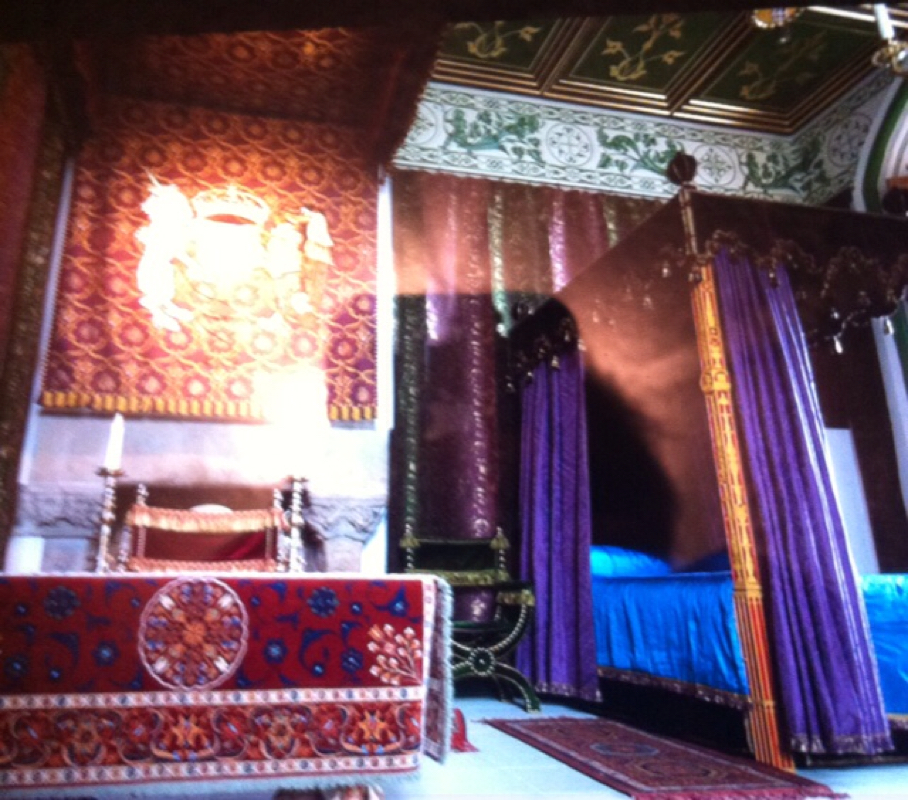
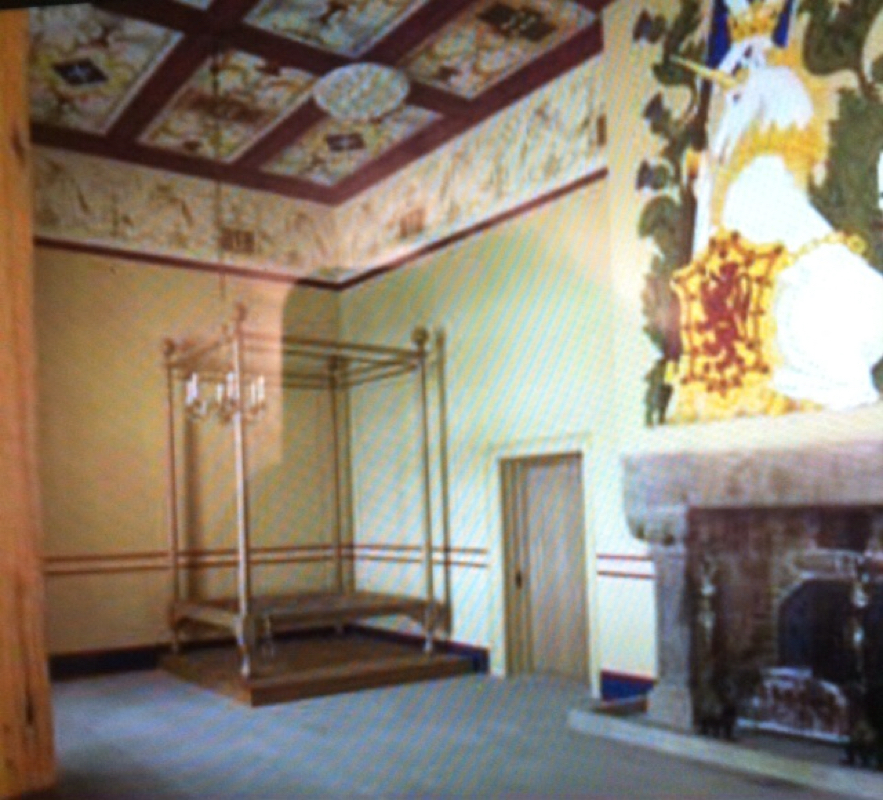
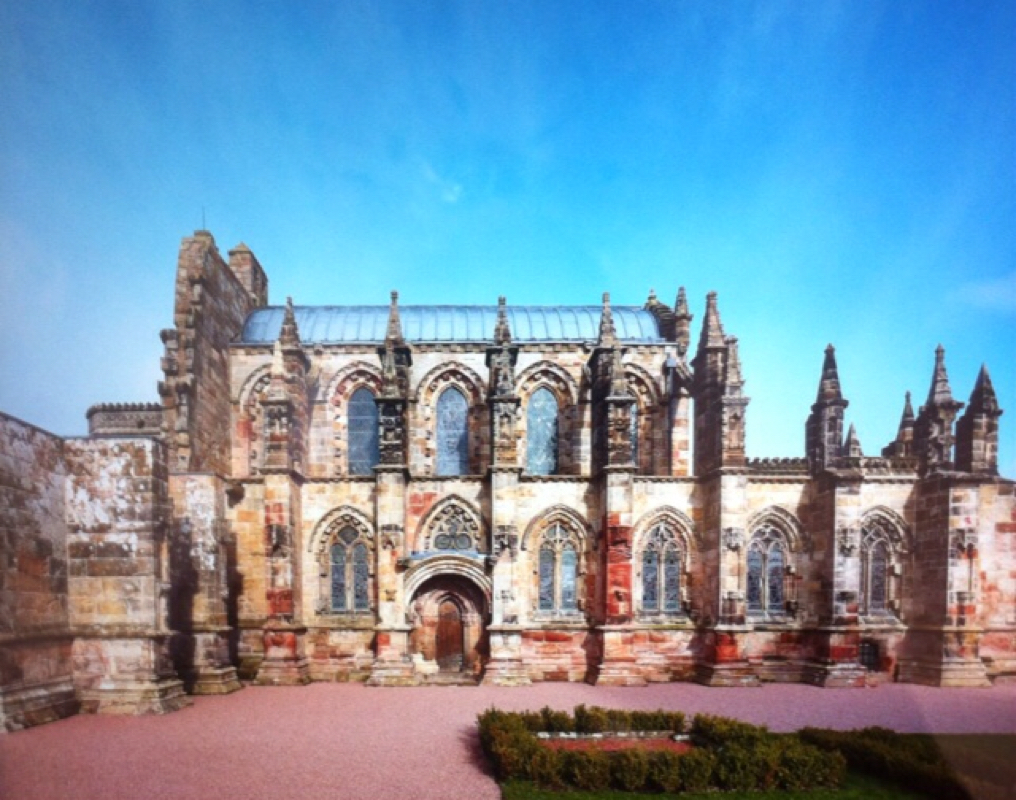
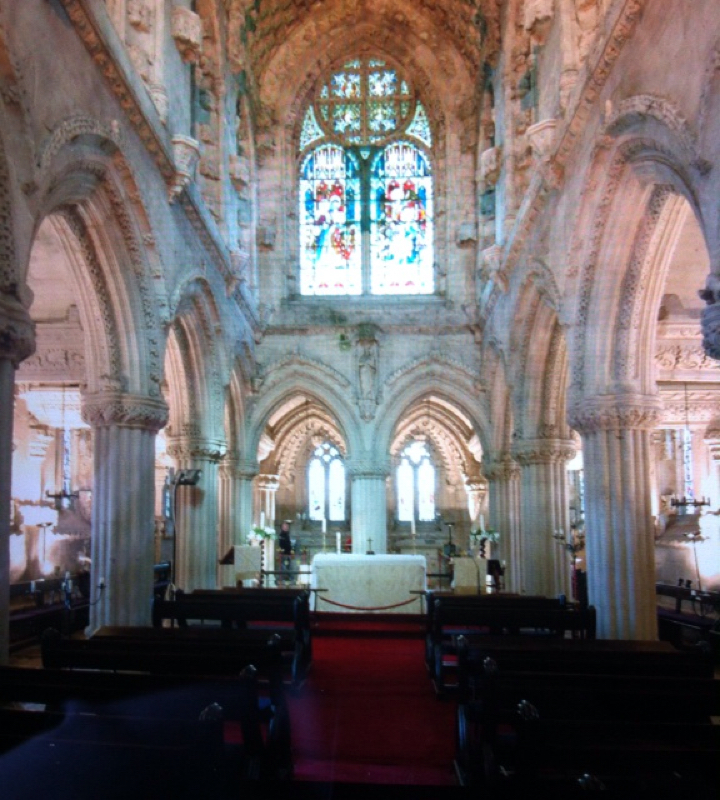
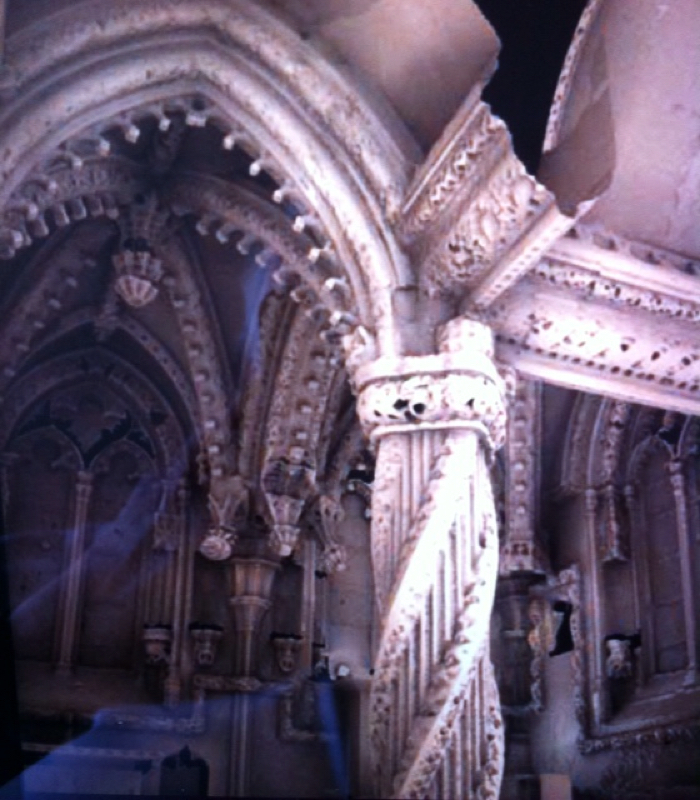
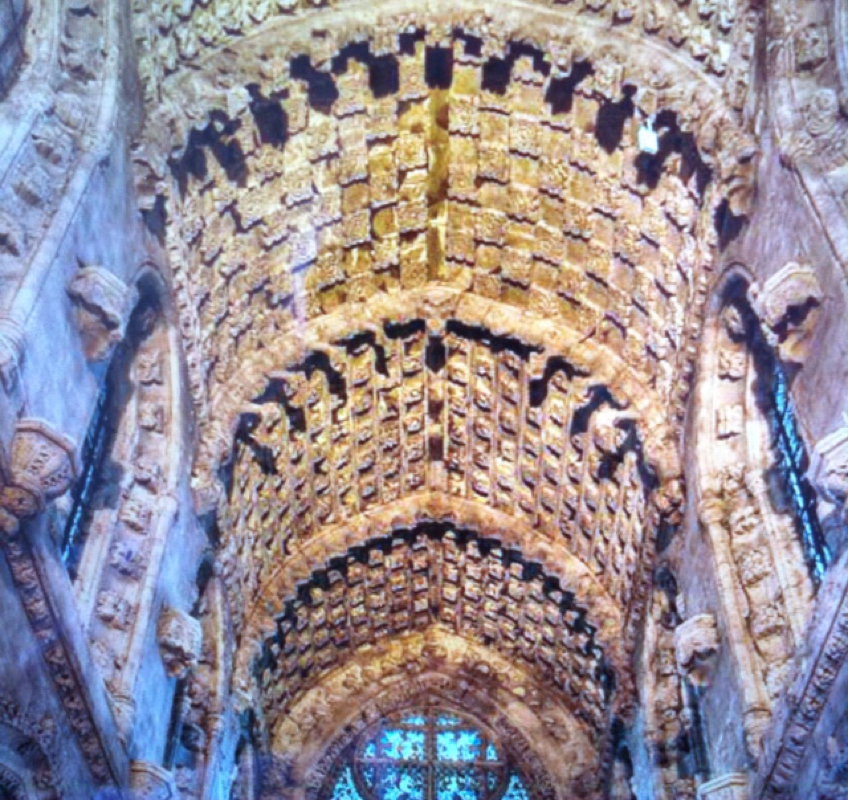
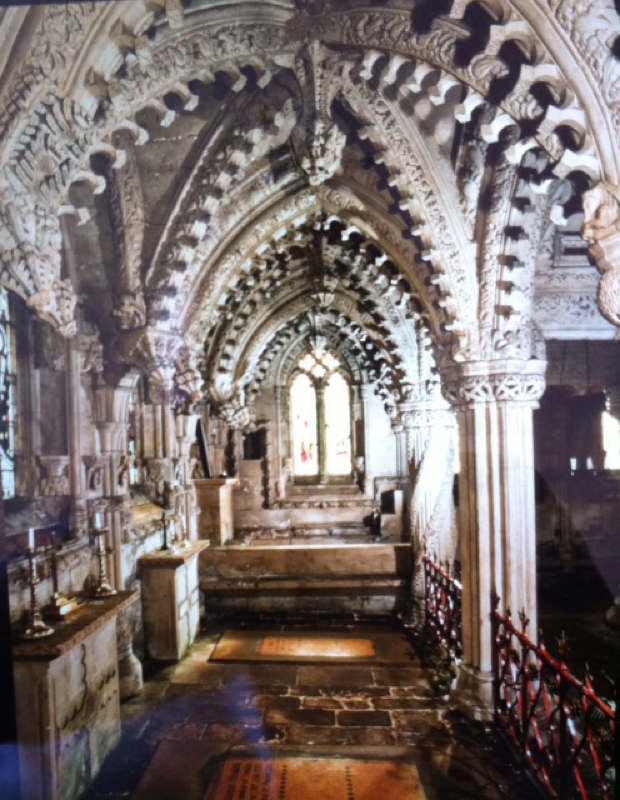
 RSS Feed
RSS Feed
